Deck & Commander Strategies
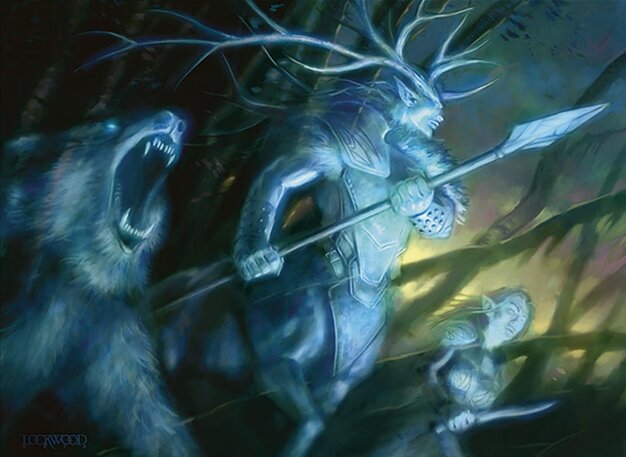
Karador, Ghost Chieftain
Utilizes graveyard recursion to repeatedly cast powerful creatures, leveraging sacrifice and tutoring effects to control the board and gain incremental advantage.
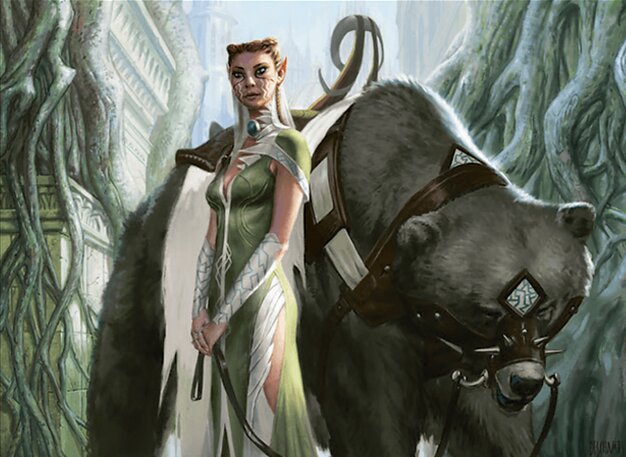
Yeva, Nature's Herald
Elf tribal ramp deck focused on accelerating mana and controlling the board with enchantments like Song of the Dryads, enabling fast deployment of threats.
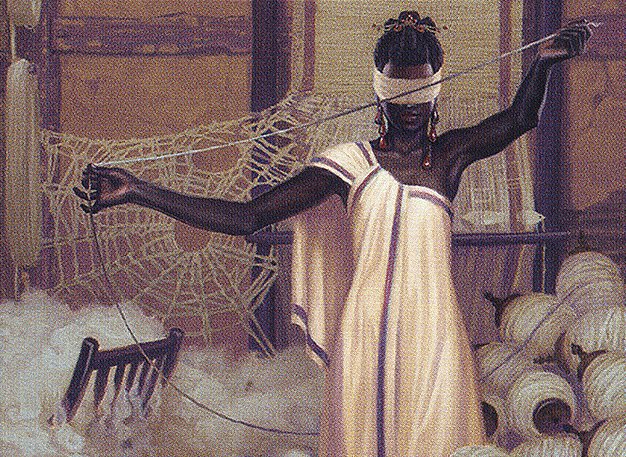
Tymna the Weaver
Value and control with card draw from combat damage, backed by powerful planeswalkers and enchantments like Smothering Tithe to generate card advantage.

Yuriko, the Tiger's Shadow
Ninjutsu-based evasive creature deck aimed at dealing damage through ninjutsu triggers and controlling the board with removal and disruption.

Akiri, Line-Slinger
Equipment-focused aggressive deck utilizing timely removal and combat tricks, aiming to quickly reduce opponents’ life totals through equipped creatures.
Gameplay Insights
- 1
Karador's use of Fauna Shaman to discard Knight of Autumn and tutor for Hermit Druid enabled deep deck milling and set up graveyard recursion plays.
- 2
The Aura Shards triggered repeatedly to destroy key artifacts like Soul Ring and Smothering Tithe, significantly slowing opponents' resource generation.
- 3
Adam's Wrath of God cleared the board but Karador immediately capitalized by returning creatures from the graveyard, demonstrating resilience against board wipes.
- 4
Peter’s use of Vizier of the Menagerie to manipulate the top of his deck and cycle cards provided consistent card draw and board development.
- 5
Scott’s Yuriko deck applied steady pressure through commander damage and ninjutsu triggers but was hindered by mana issues and artifact removal.
- 6
The interaction between Entomb and Karador's recursion allowed repeated casting of value creatures, maintaining pressure despite disruption.
- 7
Combat phases were carefully managed, with players often minimizing risk while building their setups, reflecting the importance of incremental advantage over all-out aggression.
Notable Cards
-
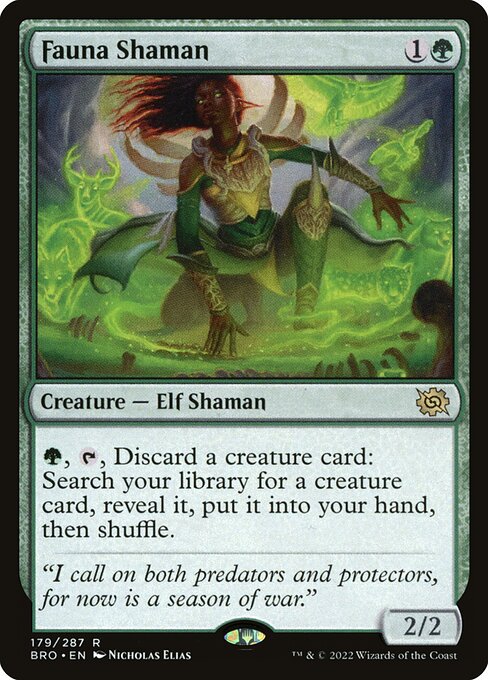
Fauna Shaman
-
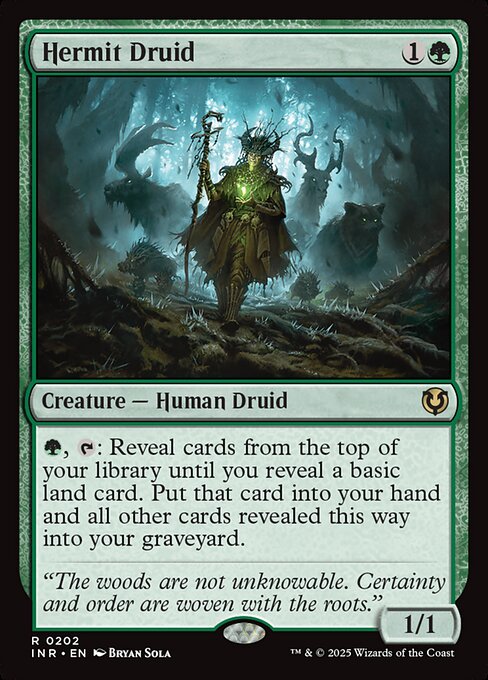
Hermit Druid
-

Aura Shards
-
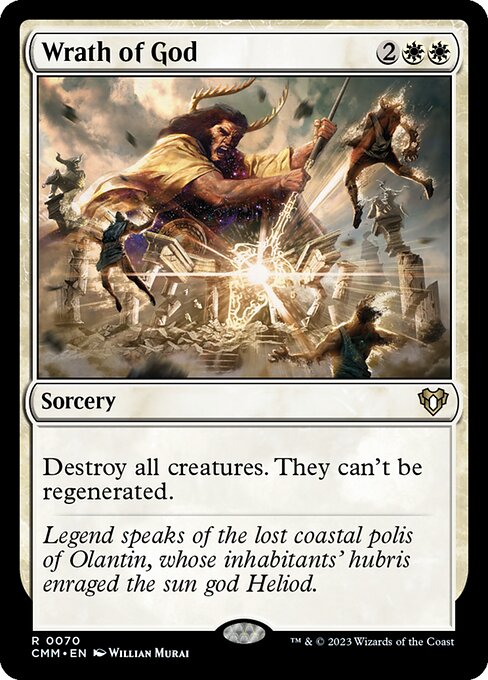
Wrath of God
-
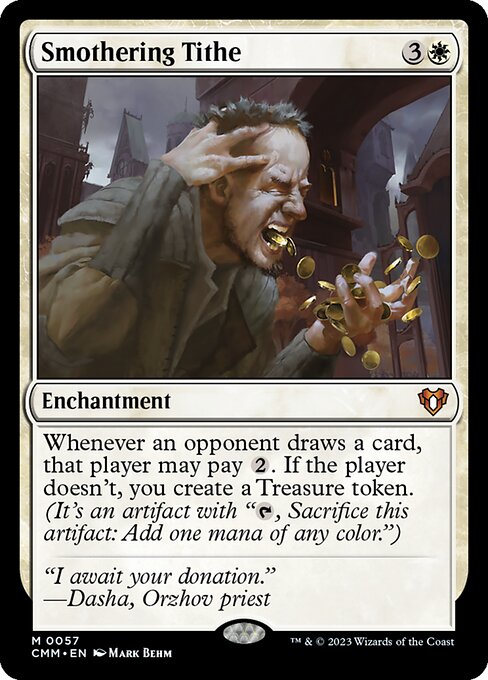
Smothering Tithe
-
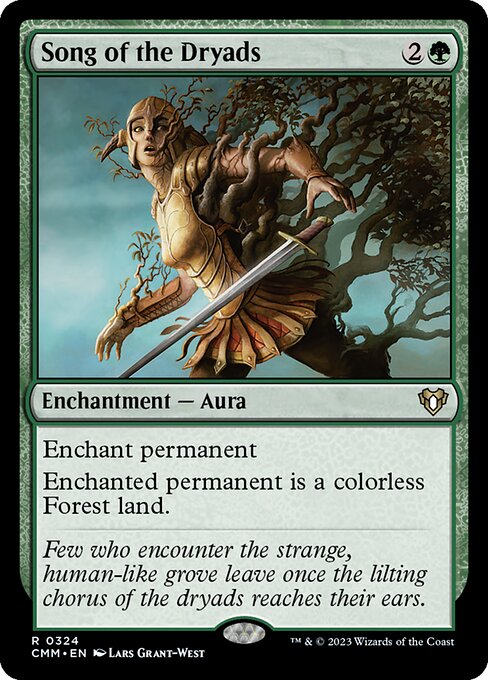
Song of the Dryads
-
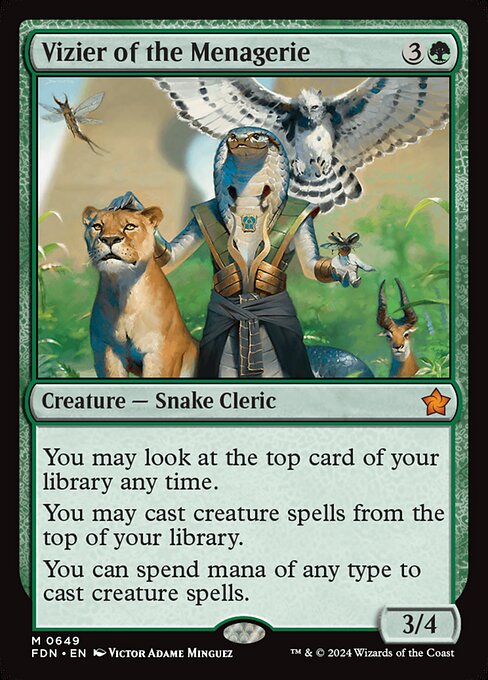
Vizier of the Menagerie
-
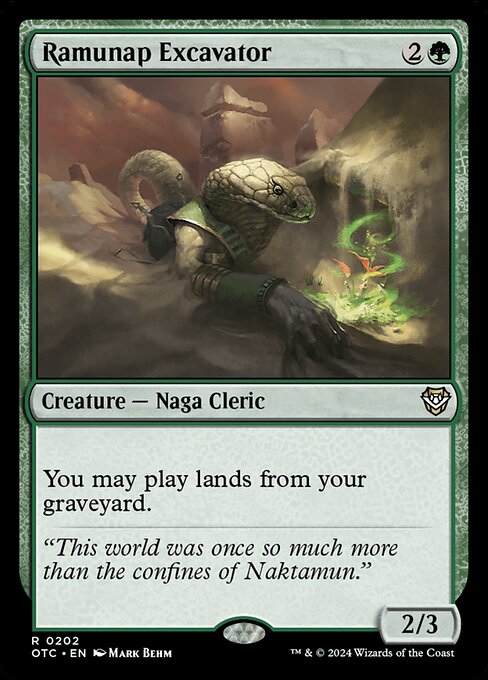
Ramunap Excavator
-

Swords to Plowshares
-
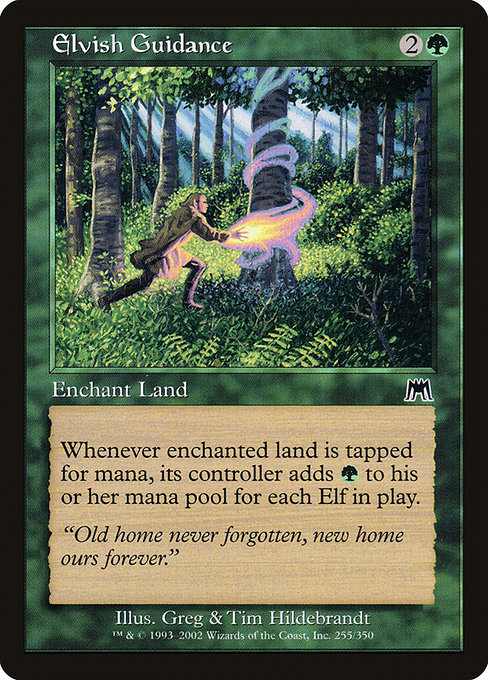
Elvish Guidance
-
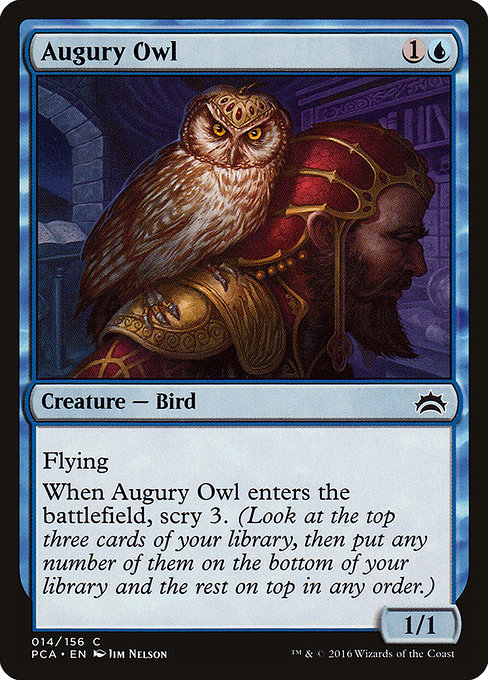
Augury Owl
-
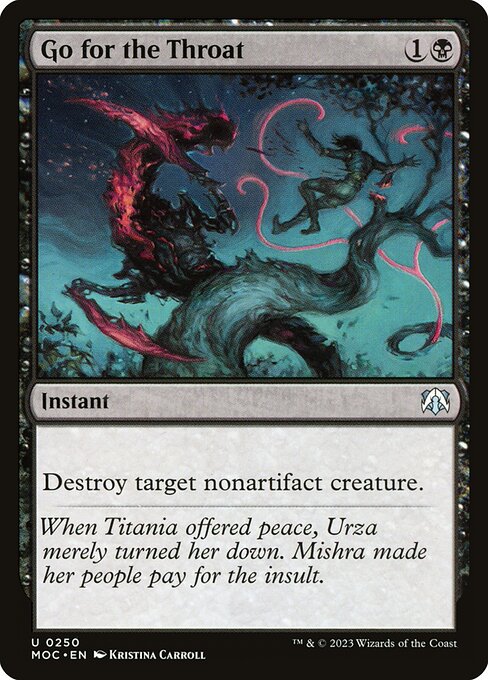
Go for the Throat
Gameplay Summary
The game began with each player establishing their board with early ramp and utility creatures.
Peter's Yeva deck focused on an elf synergy strategy, playing cards like Llanowar Elves, Elvish Guidance, and Vizier of the Menagerie to dig through the deck and ramp.
Scott's Yuriko deck sought to apply pressure early with evasive creatures and ninjutsu triggers, while Adam's Tymna deck employed value engines such as Smothering Tithe and Doretti to generate card advantage.
The narrator, piloting Karador, utilized graveyard recursion and value creatures like Fauna Shaman and Hermit Druid to assemble a toolbox and ramp through land destruction and graveyard synergy.
A key turning point occurred when Adam cast Wrath of God to clear the board, but Karador's graveyard recursion allowed a quick recovery with creatures returning to the battlefield.
Karador leveraged Aura Shards to disrupt artifact-based strategies, specifically targeting Scott's Soul Ring and Smothering Tithe, slowing their resource generation.
The game featured strategic tutoring and recursion plays, such as Koridor's reduced cost casting and recurring Ramunap Excavator to reuse lands from the graveyard.
Combat phases were generally cautious, with Yuriko and Akiri attempting to chip away at opponents while the graveyard-centric decks built their board states.
The game remained dynamic with repeated recycling of creatures and disruption spells shaping the board, but Karador’s ability to recover from board wipes and generate incremental advantage through graveyard interactions provided a resilient position moving forward.




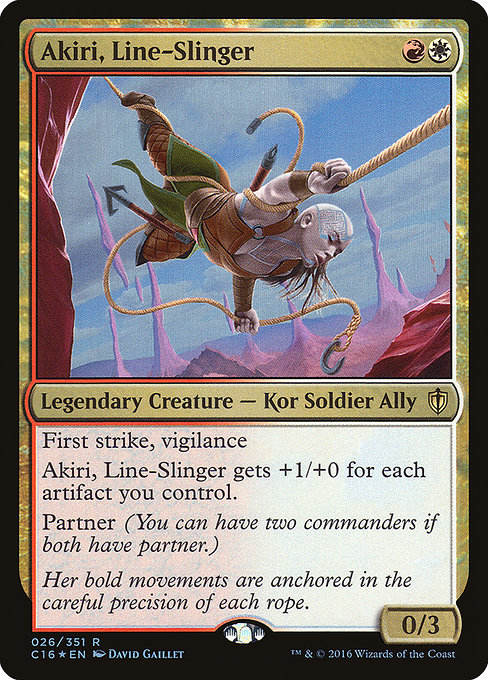
















![Commander Versus Series: Deck Tech - Krenko v. Rhys v. Kangee v. Yeva [MTG Multiplayer] thumbnail](https://i.ytimg.com/vi/dUX1ieofYg0/sddefault.jpg)
![Commander Versus Series: Krenko v. Rhys v. Kangee v. Yeva [MTG Multiplayer] thumbnail](https://i.ytimg.com/vi/7UX55YdwDR4/sddefault.jpg)



























